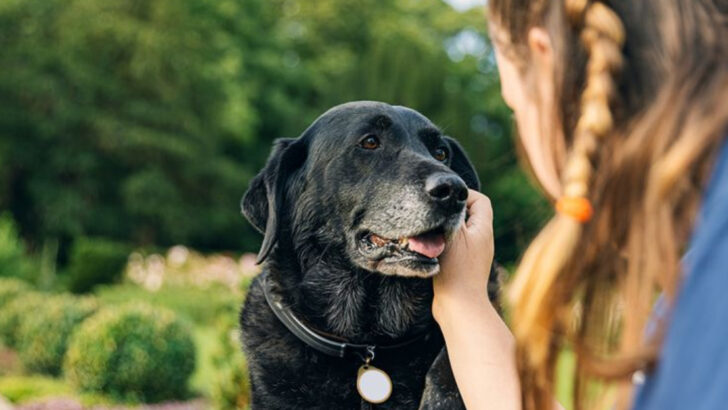Old dogs don’t need old myths.
Some of the things people still believe about senior dogs are not just outdated—they can be downright harmful. That extra gray on the muzzle doesn’t mean your pup is ready to give up on life. And skipping walks or loading up on soft food? Not doing them any favors.
Too many well-meaning owners are clinging to myths that belong in the past.
It’s time to toss the outdated advice and start giving older dogs the lives they deserve—ones filled with comfort, movement, and joy.
Because age isn’t a disease.
And with the right care, senior dogs can thrive in ways that will surprise you.
Let’s break the myths, rewrite the rules, and show our golden oldies the respect—and reality—they’ve earned.
Myth 1: Old Dogs Can’t Learn New Tricks
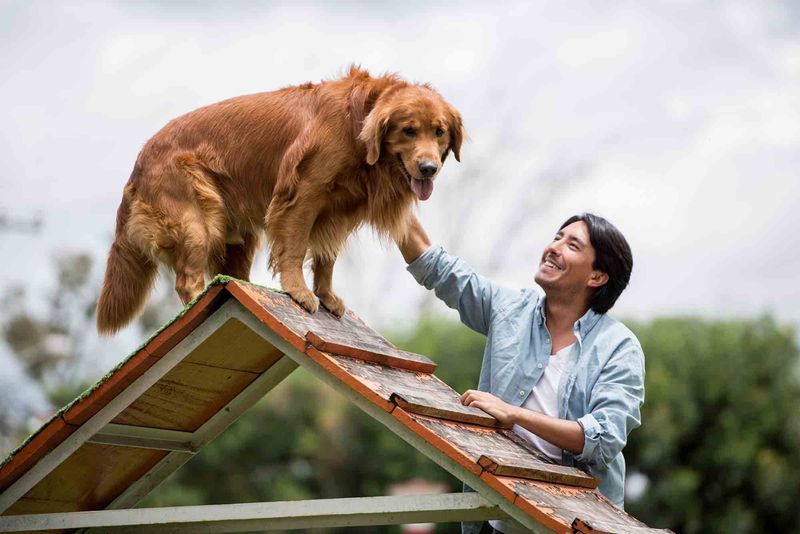
An old adage claims that old dogs can’t learn new tricks, but it’s simply not true. Senior dogs have the ability to learn new skills, behaviors, and even tricks, given proper training and motivation.
Patience and positive reinforcement can lead to successful learning at any age. Engaging in mental exercises can also help keep older dogs sharp.
Anecdotal stories abound of senior dogs mastering new commands, proving that age is just a number when it comes to learning.
Myth 2: Senior Dogs Don’t Need Exercise

Many believe that senior dogs should avoid exercise due to joint issues or age-related ailments. However, regular, gentle exercise is crucial for maintaining their health and happiness.
Moderate activities like short walks or swimming can enhance quality of life without putting strain on joints. Exercise also combats obesity, which can exacerbate health problems.
Tailored exercise plans can be developed to meet the individual needs of an aging dog.
Myth 3: Gray Fur Means Health Problems

Graying fur is often mistaken as a sign of underlying health issues. In truth, graying is a normal part of the aging process, much like in humans.
While some health problems may coincide with aging, gray fur itself is not an indicator. Regular veterinary check-ups remain essential to monitor overall health.
Owners should focus on their dog’s behavior and energy levels rather than fur color alone.
Myth 4: Senior Dogs Need Less Attention
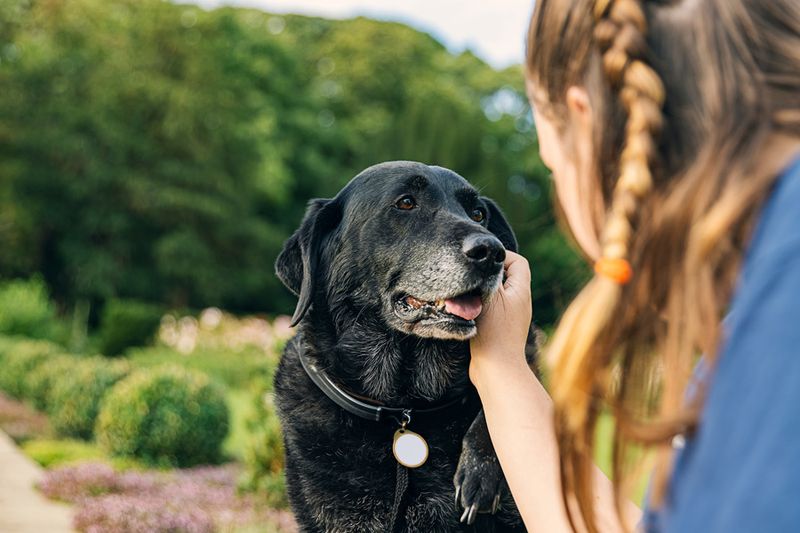
It’s a common misconception that senior dogs require less attention. In reality, their needs may shift but remain significant.
Emotional support, companionship, and mental stimulation become increasingly important. Owners should continue to engage with their senior dogs through games and bonding activities.
Aging dogs might need more rest, but active involvement in their lives is crucial for their emotional well-being.
Myth 5: All Senior Dogs Have Arthritis

While arthritis is prevalent in older dogs, not all experience it. Many lead active lives without joint issues.
Understanding an individual dog’s health history and providing appropriate care can prevent or manage arthritis symptoms effectively. Not every stiff movement is a sign of arthritis.
Regular vet visits and tailored care plans are key in addressing any joint-related concerns.
Myth 6: Senior Dogs Can’t Adjust to Change
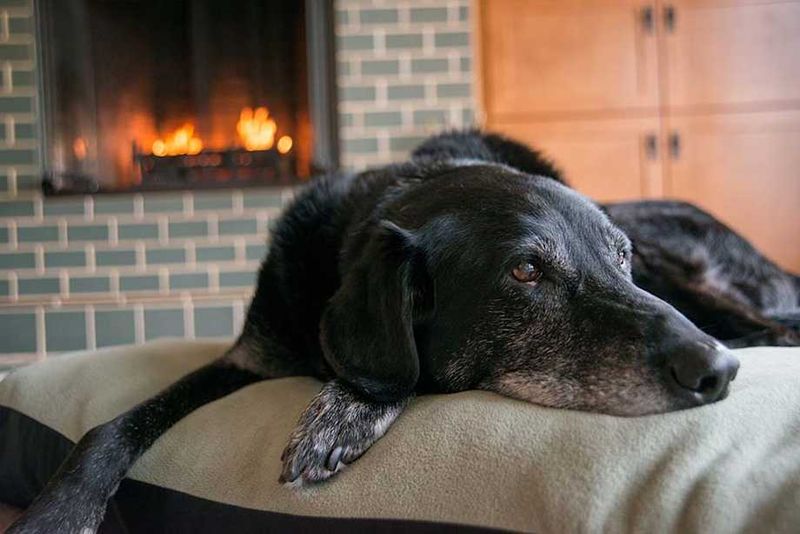
The idea that senior dogs resist change is misleading. While they might require more time to adapt, they can thrive in new environments with proper support.
Introducing changes gradually and maintaining familiar routines can ease transitions. Senior dogs often display remarkable resilience.
Successful adaptation stories abound, showcasing their ability to adjust to new homes or family dynamics.
Myth 7: Senior Dogs Should Only Eat Soft Food

Contrary to popular belief, not all senior dogs require soft food exclusively. A balanced diet, including both hard and soft food, is often beneficial.
Hard kibble can help maintain dental health, while soft food might be easier on sensitive teeth. Consultation with a veterinarian can ensure nutritional needs are met.
Every senior dog’s dietary requirements are unique, and variety can enhance overall health.
Myth 8: Senior Dogs Are Always Low Energy
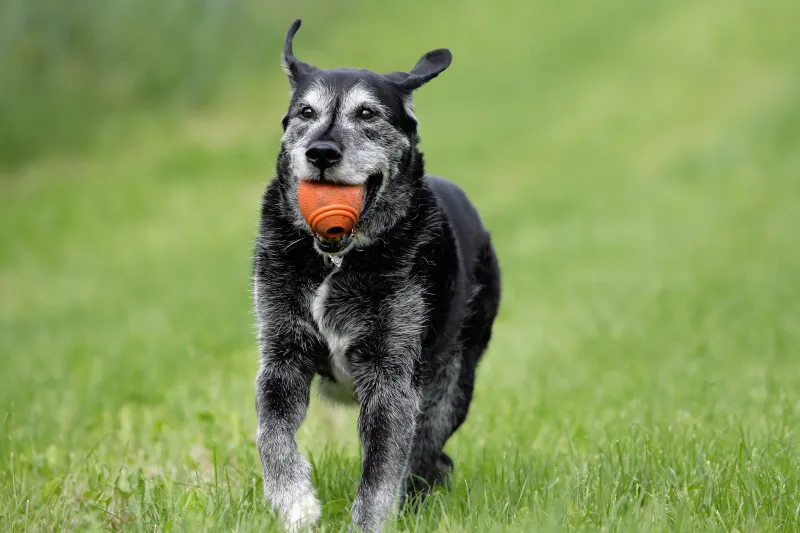
It’s a misconception that all senior dogs lack energy. Many maintain high spirits and enjoy active play, though they may tire more quickly.
Observing individual energy levels and adjusting activity accordingly keeps them engaged and satisfied.
Personal anecdotes frequently highlight senior dogs with boundless enthusiasm, proving that vitality doesn’t necessarily wane with age.
Myth 9: Senior Dogs Don’t Need Training
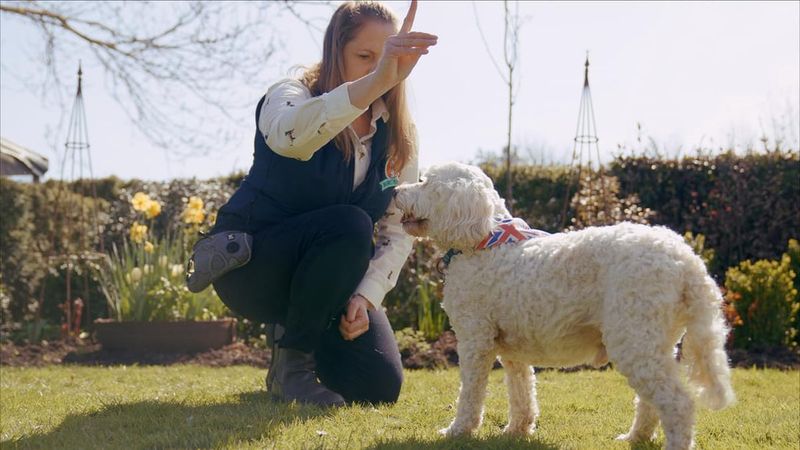
Training isn’t exclusively for young dogs. Senior dogs benefit from continued training, which reinforces good behavior and mental sharpness.
Obedience classes or home-based training sessions can be enriching experiences. Consistent positive reinforcement ensures successful learning.
Training offers a delightful bonding opportunity, enhancing communication and trust between owner and dog.
Myth 10: Senior Dogs are Unadoptable
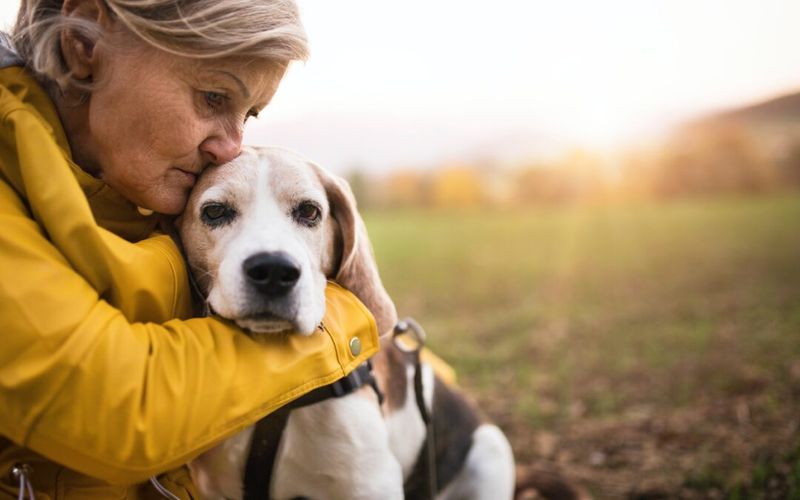
A persistent myth claims that senior dogs aren’t adoptable, but many are seeking loving homes where they can thrive.
Older dogs often arrive with established manners and personalities, making them rewarding companions. Adoption stories abound, with seniors finding joy in new families.
Adopting a senior dog can be a heartwarming experience, filled with gratitude and companionship.
Myth 11: Senior Dogs Don’t Play

Believing senior dogs don’t play overlooks their playful spirit. While their play style might change, many still enjoy toys and interactive games.
Adapting playtimes to suit energy levels keeps them lively and content. Interactive toys and gentle games foster engagement.
Owners recount stories of seniors embracing play with joy, proving age doesn’t diminish playfulness.
Myth 12: Senior Dogs Can’t Be Left Alone
While separation anxiety can occur, senior dogs are not universally unable to be left alone. Many enjoy peaceful solitude when accustomed to it.
Gradual acclimatization and comfort items can ease any anxiety. Understanding individual preferences is key.
With proper preparation, senior dogs can manage alone time without distress.
Myth 13: Senior Dogs Have Poor Cognitive Function
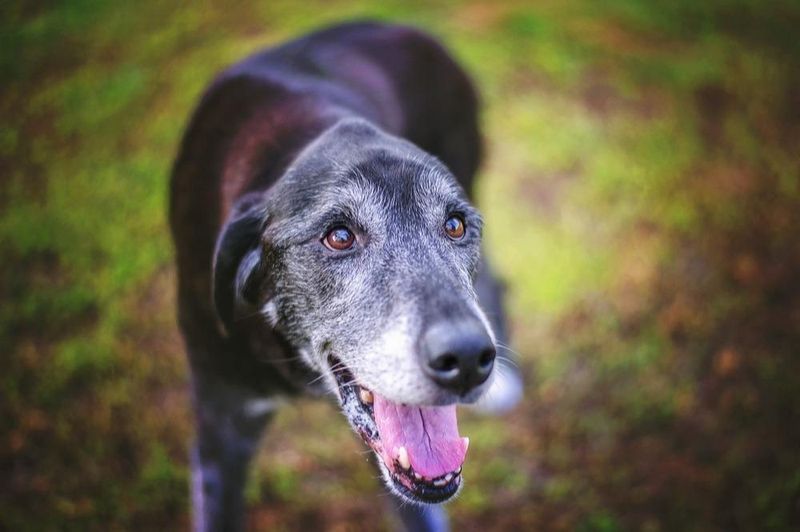
Assuming all senior dogs suffer cognitive decline is misleading. Mental stimulation through games and activities helps maintain cognitive health.
Early detection of cognitive issues allows for timely intervention and care strategies.
Numerous seniors continue to exhibit impressive mental acuity, engaging happily in puzzles and problem-solving tasks.
Myth 14: Every Senior Dog is the Same

Generalizing senior dogs ignores their individuality. Each has unique needs and personalities shaped by history and breed.
Personalized care strategies honor these differences, ensuring a fulfilling life for every senior.
Stories of diverse senior dogs highlight their varied traits and needs, showcasing the richness of their golden years.

